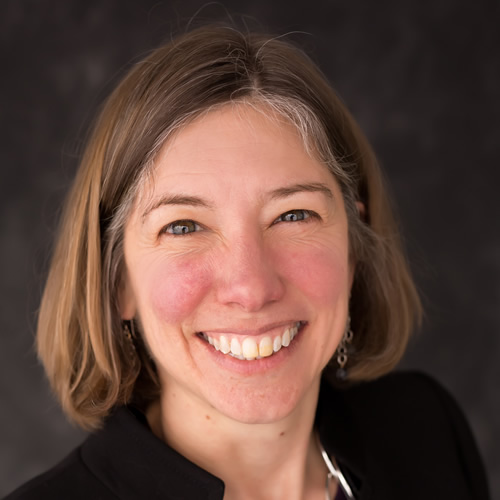MSU social scientists improving the process of allocating organ transplants
November 12, 2019 - Liz Schondelmayer
For 115,000 Americans, the uncertainty of awaiting an organ transplant is a painstaking reality. Michigan State University economists Dr. Stacy Dickert-Conlin and Dr. Todd Elder, together with Dr. Keith Teltser of Georgia State University, are researching how the American organ transplant allocation system can be improved in terms of equity and efficiency.
In 2011, Dr. Dickert-Conlin, Dr. Elder and then-graduate student Brian Moore released a study on the correlation between motorcycle helmet laws and available organ donations. The study found that in states where motorcyclists were no longer legally required to wear helmets when riding, there were drastically more deceased organs available for transplantation.
 The gruesome reason behind this phenomenon? “Motorcycle riders tend to be young, healthy men,” explains Dr. Dickert-Conlin (pictured left), “so if they unfortunately die from an accident while riding, their organs become available through their own organ donation registration or their family’s decision to donate their organs. With an increase in motorcycle deaths in states that repeal their helmet laws, it only makes sense that the number of organs available for transplantation will increase.”
The gruesome reason behind this phenomenon? “Motorcycle riders tend to be young, healthy men,” explains Dr. Dickert-Conlin (pictured left), “so if they unfortunately die from an accident while riding, their organs become available through their own organ donation registration or their family’s decision to donate their organs. With an increase in motorcycle deaths in states that repeal their helmet laws, it only makes sense that the number of organs available for transplantation will increase.”
The current study digs deeper into the process of allocating donated organs. Because individuals cannot buy or sell an organ in exchange for money, the federal government created an allocation system which establishes 58 donation service areas (DSA), each with their own transplant centers. Patients in need of a transplant are registered on a waiting list for one or more of the designated areas, and matches are made based on blood type, health and geographic proximity.
However - because it is illegal to buy and sell organs and the supply is determined entirely by donation, quantity demanded exceeds quantity supplied - not everyone who needs an organ gets one. While the current system attempts to allocate organs to those with the highest need within the donation service areas, this leads to large disparities across donation service areas in waiting time. According to the study, increasing the supply of available organs in a single DSA can drastically increase the demand for an organ in the area as well, which does not ease the shortages.
The research also highlights how the system allows for privileged patients to respond to the incentives, which has the potential for them to receive an organ transplant faster than patients with less resources. Wealthier patients and those with more access to information can identify shorter waiting lists and travel to a further DSA more easily, should an organ become available. The organ allocation rules, which are intended to allocate human organs efficiently and equitably, may not do so if transplant candidates are responding to incentives within the system.
To increase efficiency in the system and level out the playing field for those in need of an organ, the researchers suggest that broadening geographic boundaries and possibly even moving towards a single, nationwide allocation system could improve outcomes for even the most disadvantaged patients, especially as organ transportation and preservation methods continue to improve.
Not only does this study highlight an important issue, it also shows how diverse the study of economics can be. “Most people think of economics as just money, banks and stocks,” notes Dr. Dickert-Conlin. “But it’s really the analysis of the cost and benefits of every decision that we make – people respond to incentives in all areas of their lives.”


